Discovering the wonders of the Great Australian Bight
The Great Australian Bight stands as one of Australia’s most remarkable natural wonders, stretching across the southern coastline. This vast embayment of the Indian Ocean spans approximately 1,160 kilometres, forming a distinctive curve in the continent’s southern edge.
Natural wonders of the bight
The limestone Bunda Cliffs dominate the coastline, rising dramatically to heights of 120 metres. These spectacular formations represent the longest line of sea cliffs in the world, creating a natural border between the vast Nullarbor Plain and the deep blue waters below. The limestone structure dates back millions of years, when the area was once a seafloor.
Beneath the surface, the Great Australian Bight harbours an extraordinary marine ecosystem. The waters support a remarkable array of marine life, with more than 85% of species found nowhere else on Earth. The seasonal upwelling of nutrient-rich waters around the Eyre Peninsula creates perfect conditions for marine biodiversity to flourish.
Marine life and conservation
Southern right whales frequent these waters during their annual migration, choosing the protected bays as crucial calving grounds. These magnificent creatures, once hunted to near extinction, now find sanctuary in the Bight’s sheltered waters between June and October.
The Australian sea lions, another endangered species, make their home along the coastline. These remarkable creatures dive deep into the waters, hunting for fish, squid, and even small sharks. The region supports about 80% of the entire Australian sea lion population, making it a critical habitat for their survival.
Cultural significance
The Yerkala Mirning people maintain a profound connection to this region, their ancestral ties spanning more than 65,000 years. The area holds deep spiritual significance, particularly through the Dreamtime story of Jeedara, the great white whale. Koonalda Cave, resting beneath the Nullarbor Plain, stands as a sacred site holding whale dreaming stories central to Mirning culture.
Environmental protection
The Great Australian Bight Marine Park now covers 45,926 square kilometres, offering various levels of protection through different zonings. Conservation efforts focus on preserving both the marine ecosystem and the cultural heritage of the region. Recent victories include the prevention of deep-sea oil drilling, ensuring the preservation of this unique marine environment for future generations.
In summary
The Great Australian Bight represents more than just a geographical feature – it stands as a testament to Australia’s natural heritage, combining dramatic landscapes, unique marine life, and rich Indigenous culture. Its protection ensures the continuation of ancient traditions and the preservation of vital ecosystems that make this region truly extraordinary.
The combination of towering cliffs, diverse marine life, and deep cultural significance makes the Great Australian Bight one of Australia’s most important natural treasures, deserving of its protected status and ongoing conservation efforts.

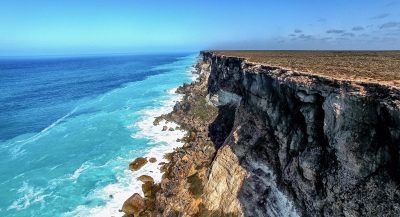
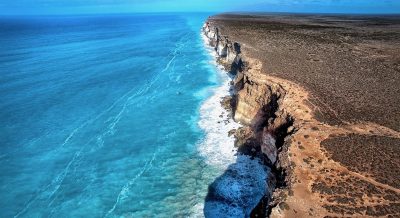
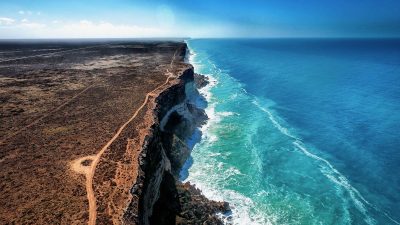
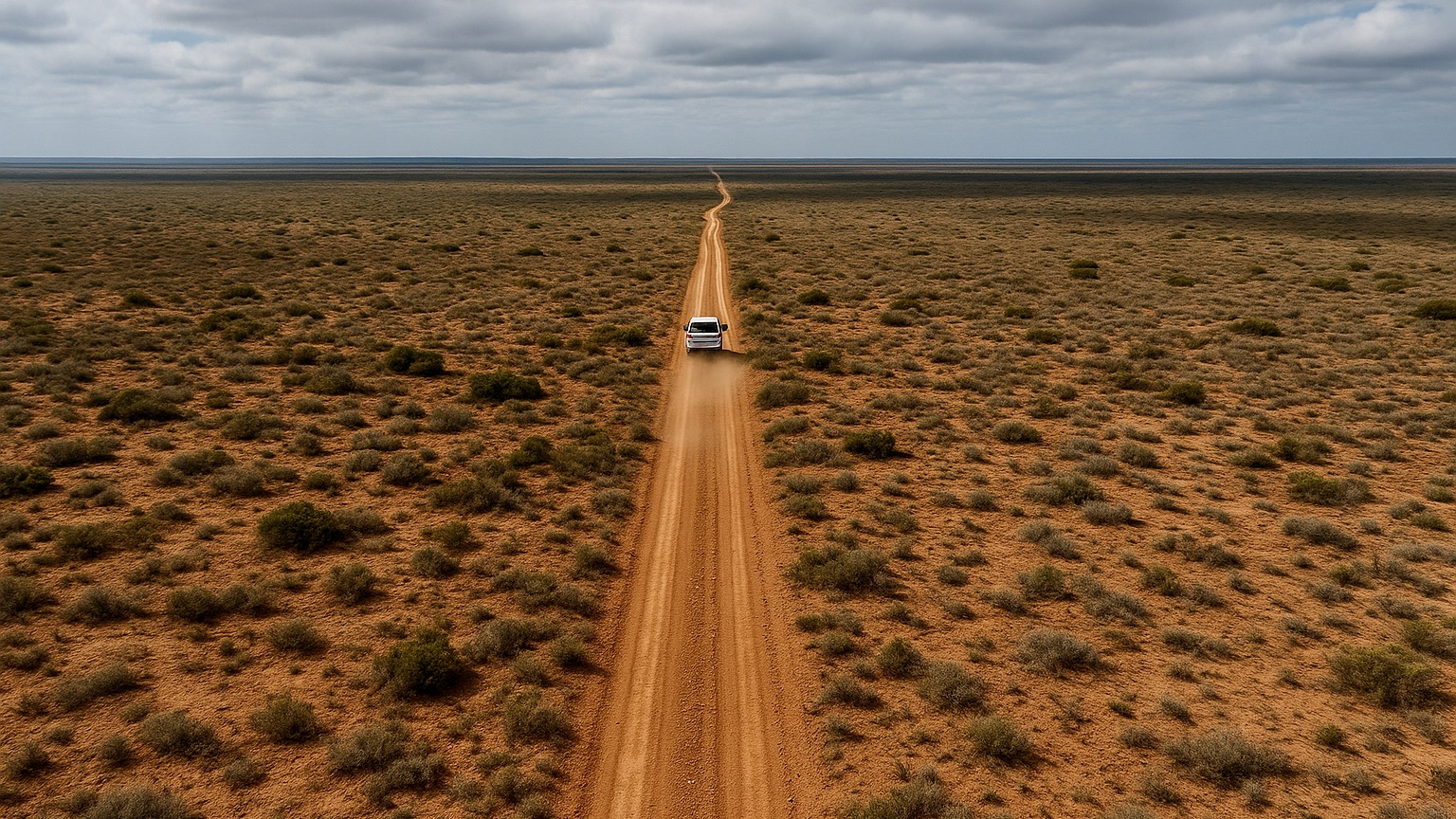

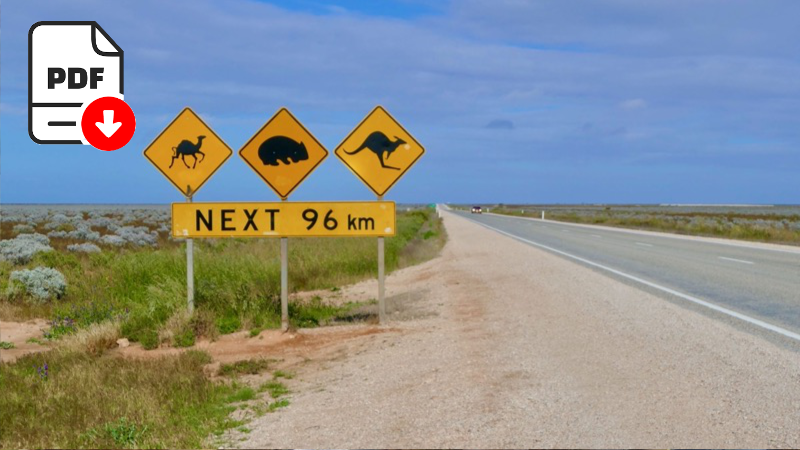
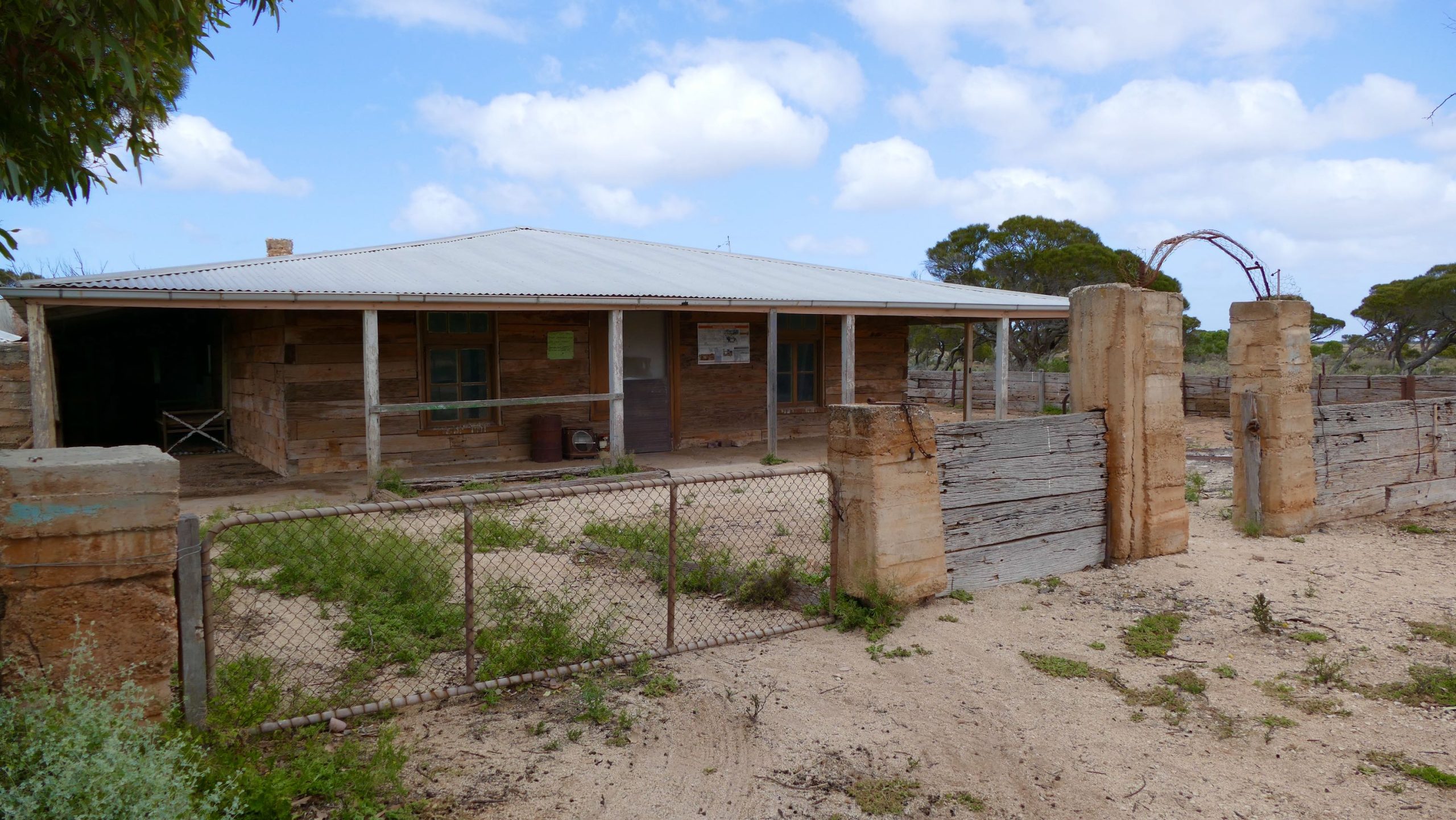
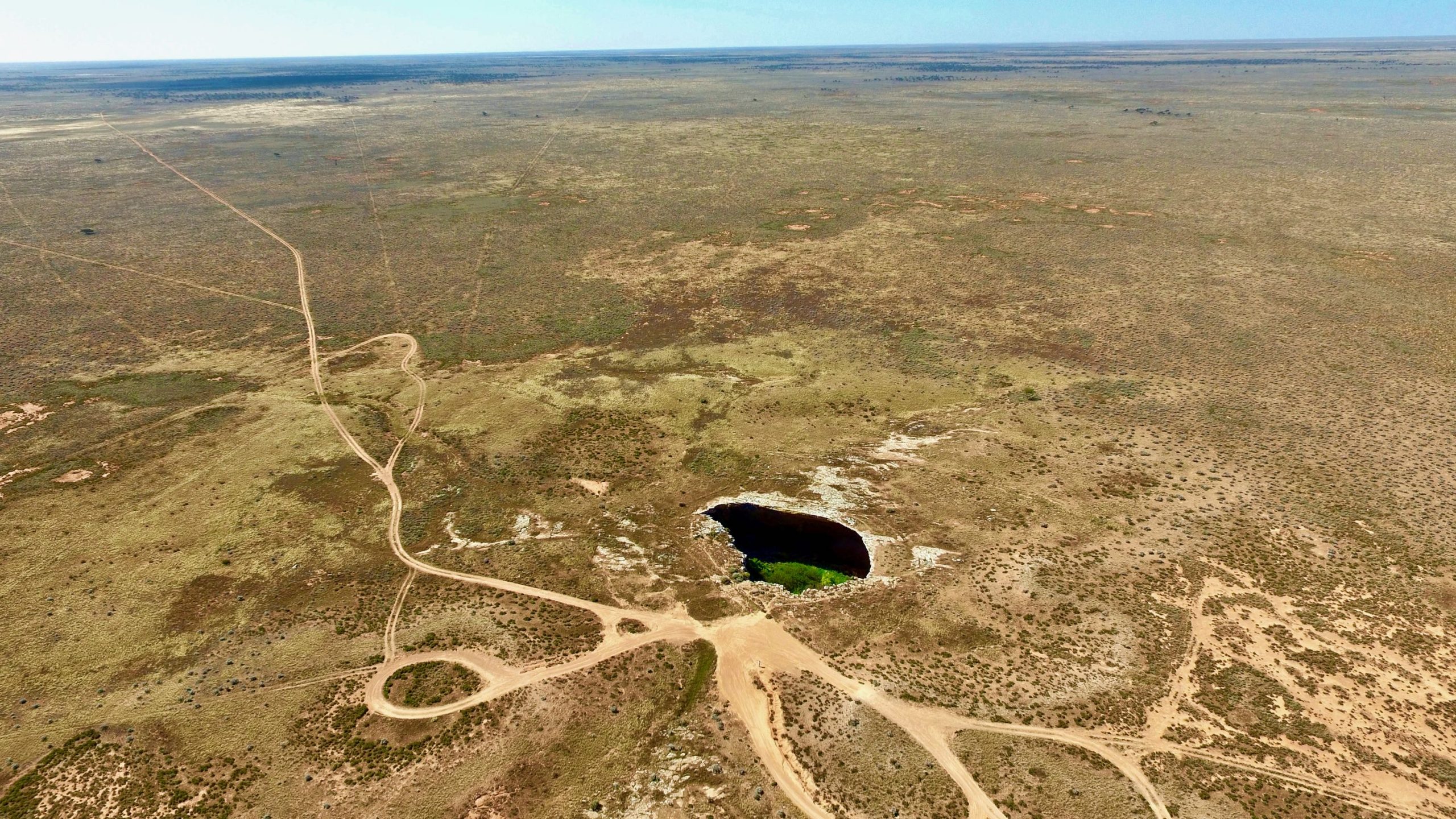



Leave A Comment